What Is Sustainable Food?
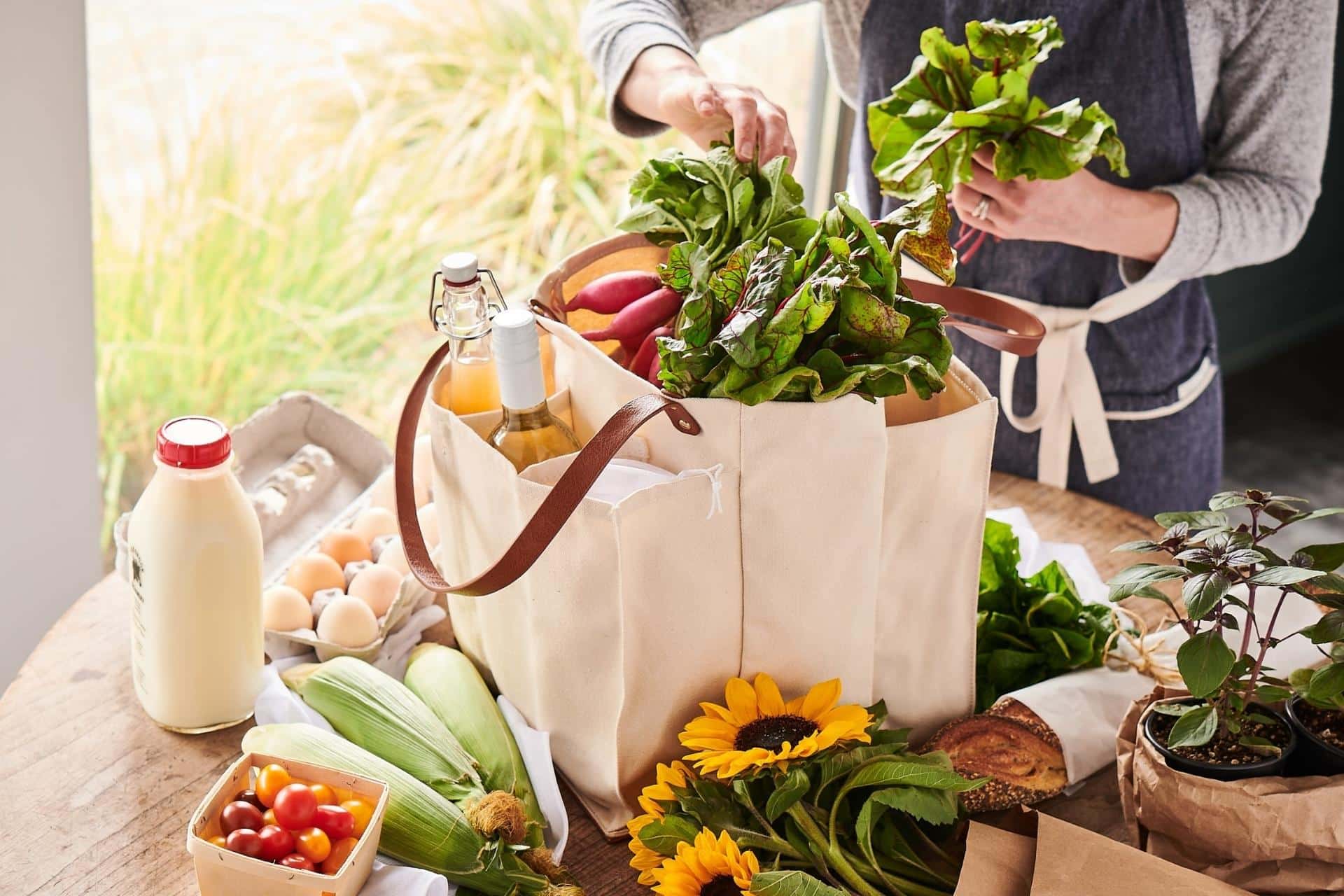
Many folks are looking to adjust their lives to a more sustainable lifestyle. Being aware of one’s own contribution to climate change is the first step in addressing this issue. There are different avenues to making these eco-friendly decisions, and in this article, we’ll explore how our eating and buying habits can help to achieve personal sustainability goals.
What is the meaning of sustainable food?
“Sustainable food” is generally used to describe types of foods that are grown or reared in a manner that limits their negative impact on the environment and the communities that produce them.
What is a sustainable food system?
A sustainable food system promotes the gathering of goods and ingredients that are both in season and local.
Let’s say, for example, you want to whip up a mushroom risotto with chicken. So, you make a list of all the ingredients that you’ll need—chicken, rice, mushrooms, white wine, butter, Parmesan, salt, pepper, lemon, almonds and chives.
You can go to the grocery store, pick those up and be on your way to a tasty dinner. But, did you consider where the ingredients came from? How was the meat raised? Was any of it grown organically?
Because we live in a culture that appreciates a diverse selection of foods, knowing what is grown locally rather than shipped overseas or trucked across long distances can make it easier to make sustainable choices at the store.
What’s the big deal? Why is sustainable food important?
It all comes down to the supply chain.
As we touched on above, the biggest concern when it comes to shopping sustainably is reducing the distance in which the food has to travel from farm to table. Think about it like this:
If you live in North Dakota and buy an orange, that orange likely came from a citrus grove somewhere warm and sunny, like Florida or California. Once it’s picked, it’s driven from the grove to a distributor who packages it and puts it on a truck.
That truck is then driven to your local grocery store to be sold. You then have to drive to that store to buy the orange and then drive home again.
From the time the orange is picked to the time you get to enjoy it, there are literally thousands of miles being driven by trucks using diesel engines emitting greenhouse gases. If you were to pop over to your local farmers market and buy some oranges, you’d reduce the supply chain from thousands of miles to less than 50.
How to grocery shop more sustainably
Taking these “food miles” into consideration is one of the first ways to start thinking about shopping sustainably. There are a few other relatively simple ways to make your grocery trips more sustainable:
- Shop local. Look for produce or meat and dairy products that are grown or raised close to your home to eliminate the need for shipping and transportation. Finding a farmers market in your town is a great way to find locally grown produce that’s also in season.
- Eat more plant-based foods. These have a much smaller carbon footprint because they require less water to grow and emit less greenhouse gases during production.
- Go easy on the beef. While most animal products have a larger carbon footprint than their plant-based counterparts, beef is especially significant—raising beef requires 20 times more land and creates 20 times more greenhouse gas emissions than pork and chicken combined.
- Be picky about your seafood. We’ll admit, this one can be tricky—fishing is a global industry and what may be a sustainable fish in one part of the world may not be sustainable elsewhere. Sources like Monterey Bay Aquarium’s Seafood Watch can help you find sustainable options based on where you live!
What is the most sustainable food?
To answer this question would require a lot of caveats and hypotheticals. To be truly sustainable, food has to be farmed in a certain way using eco-friendly fertilizers, farming techniques, etcetera.
For the sake of this article, let’s focus on what food items you can add to your weekly rotation and why they’re considered some of the most sustainable.
- Mushrooms: Unsurprisingly, mushrooms take the crown for sustainability. They use by-products from other crops and animals as fertilizer, require very little water (less than 2 gallons per pound), and emit extremely low amounts of CO2.
- Beans, peas, lentils and legumes: Another jewel in the sustainability crown, pulses (as they’re technically called) require very little water to produce. But the real reason they’re celebrated is because they’re nitrogen-fixers, working in conjunction with rhizobia, a type of bacteria, to draw nitrogen from the surrounding air and store it in the roots. This means that pulses often don’t require special fertilizer to grow and, when the plants die, that nitrogen is absorbed back into the soil, nourishing other plants that are grown there.
- Mussels: These protein powerhouses are one of the most sustainable seafood options around. They are farmed by simply stringing long lines out into the water, and they actively remove CO2 from the ocean in order to grow their shells.
- Seaweed: Seaweed is highly nutritious, and producing it is one of the least harmful forms of aquaculture. That’s because seaweed gets everything it needs from the waters around it, requiring no fertilization or land to grow. It also naturally filters harmful pollutants, like phosphorus and nitrogen, from the water.
- Cereals and grains: If you can find locally grown cereals and grains, these are a great sustainable option for your pantry. Not only do they rank low for greenhouse gas emissions—emitting only 1.4kg of CO2 equivalents per kilogram—but they also use roughly 93% less water pound-per-pound when compared to beef.
A few caveats worth considering
- Nobody is perfect. Trying to get every recipe to sustainable levels can be an overwhelming task. Try to take it one step at a time if you can.
- You may live in a place that makes this particularly difficult to sustain. Major agricultural hubs in the United States tend to be region-specific.
How seasonal recipes can help sustainability
Another way to approach your personal sustainability goals is to cook at home using seasonal recipes. Stock up on fresh fruit and veggies from your region. Substitute a meat or chicken dish once a week for a seasonal dish you’ve been hoping to give a try.
Spring and Summer Seasonal Recipes
- Grilled Summer Ratatouille is a veggie-dominated dish that’s both fresh and doable on a grill or with a skillet.
- Pair this Big Summer Salad With Rustic Croutons with a glass of local white wine.
- Save some gas and fire up a Grilled Mushroom, Chevre And Prosciutto Pizza instead of ordering in.
Fall Seasonal Recipes
- Butternut Squash & Apple Soup is about as fall-oriented as it gets, when it’s always the ideal time to indulge in both squash and apples.
- Around Thanksgiving, you can bring a locally sourced dish to the gathering like a Roasted Winter Squash With Red Onions And Cranberries.
- If you harvested squash aplenty, then a third squash-centric recipe like this Butternut Squash Risotto dish will provide another deliciously sustainable meal in the fall months.
Winter Seasonal Recipes
- Among the best soups and stews in the wintertime, this Tomato And Lentil Soup is both soul-warming and a quick recipe that you can rely on.
- Just because it’s a French Onion Soup doesn’t mean it’s being shipped across the Atlantic. This one is a winter mainstay.
- What’s a winter without a potato recipe that pops with flavor? Give your cast iron a seasonal burst of flavor with Potatoes Au Gratin.
To learn more about seasonal cooking, check out one of our cooking classes!

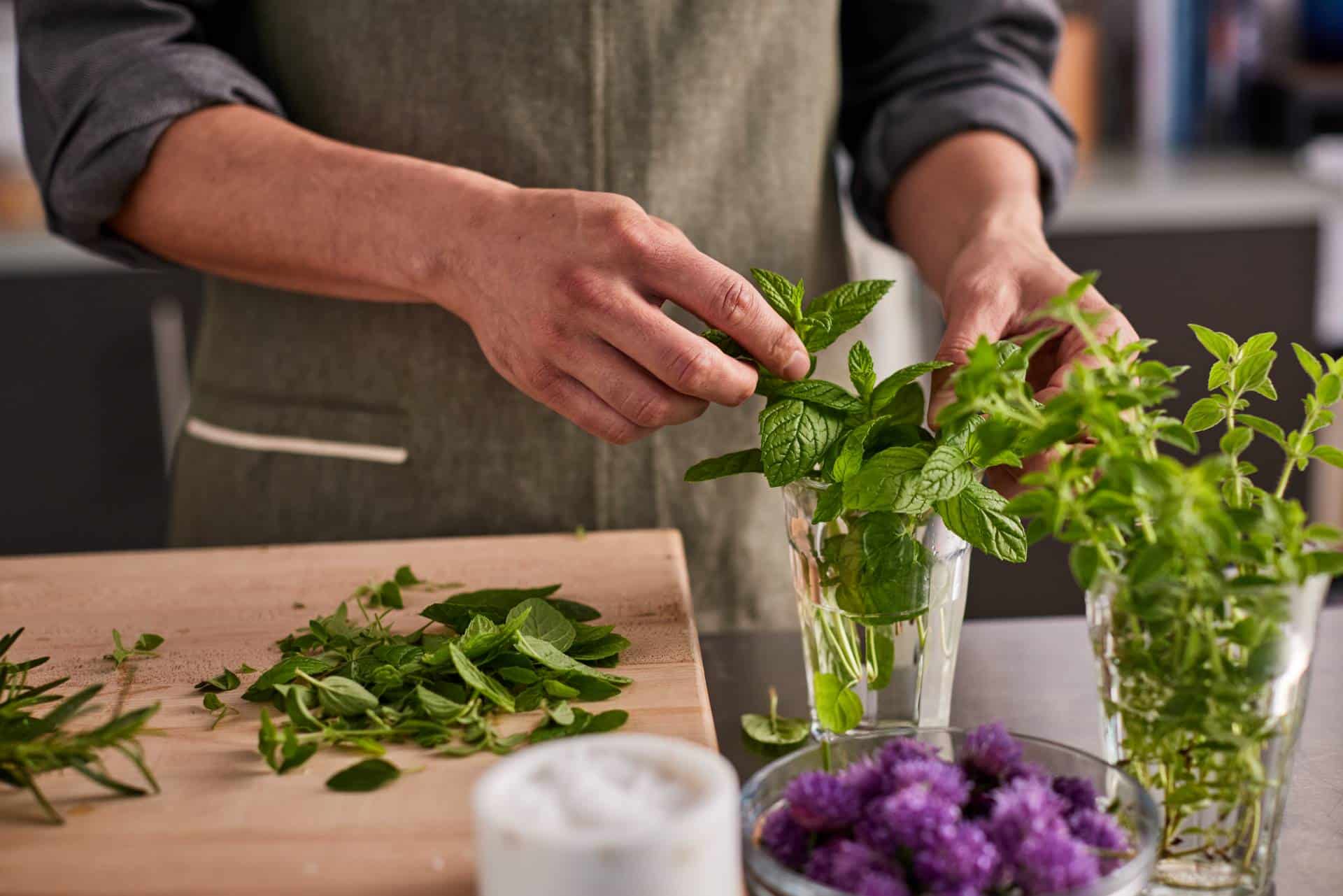

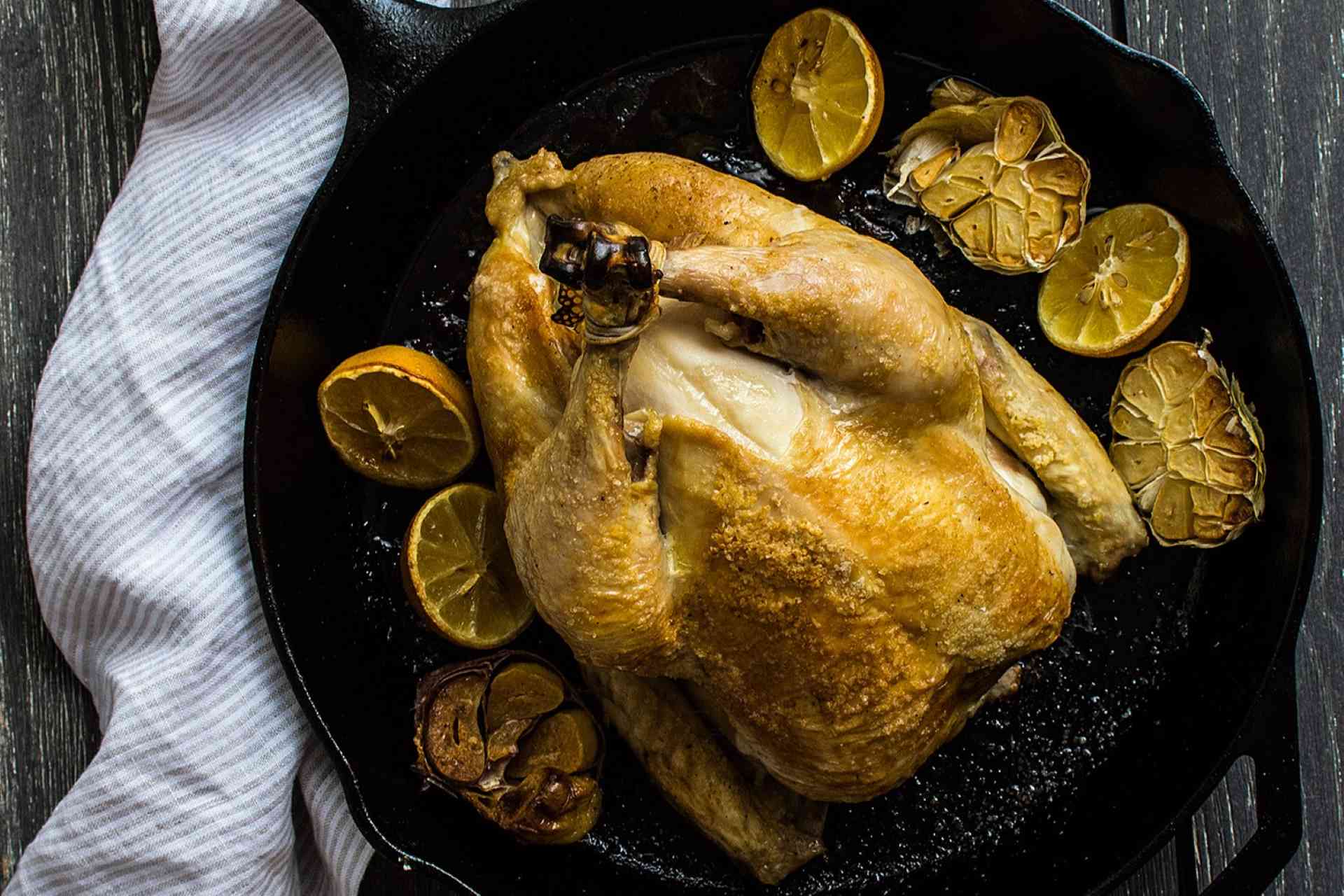



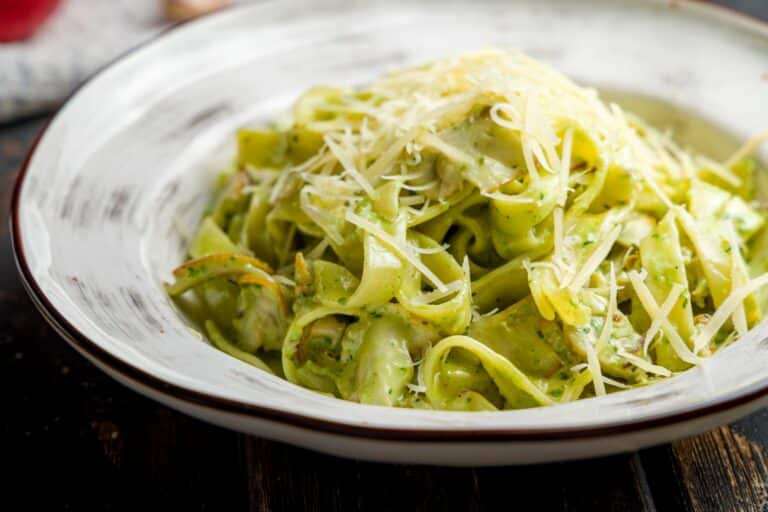
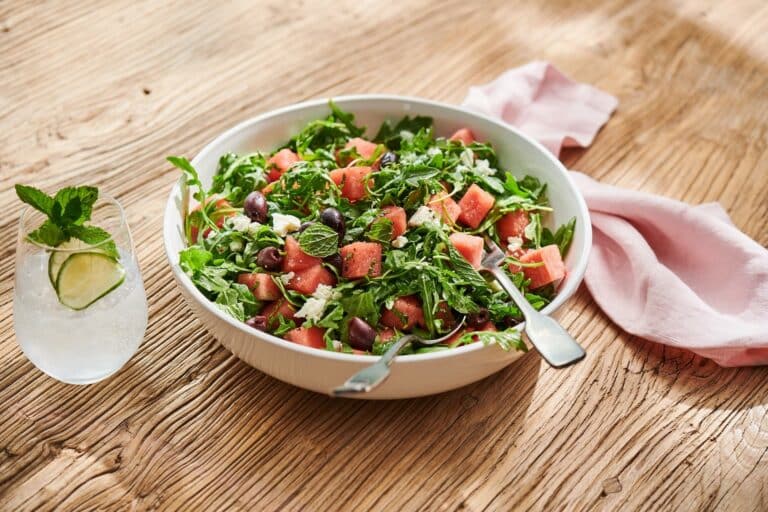
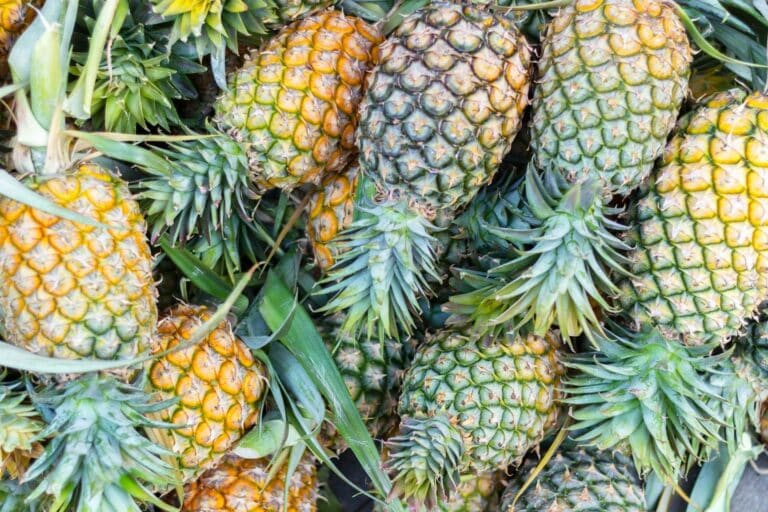

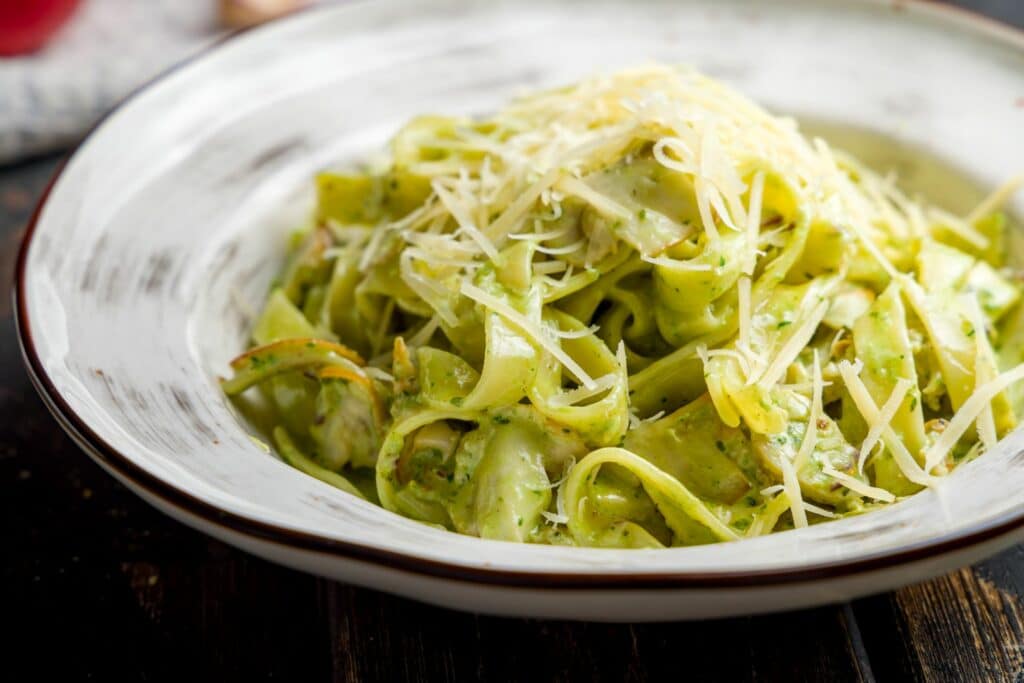
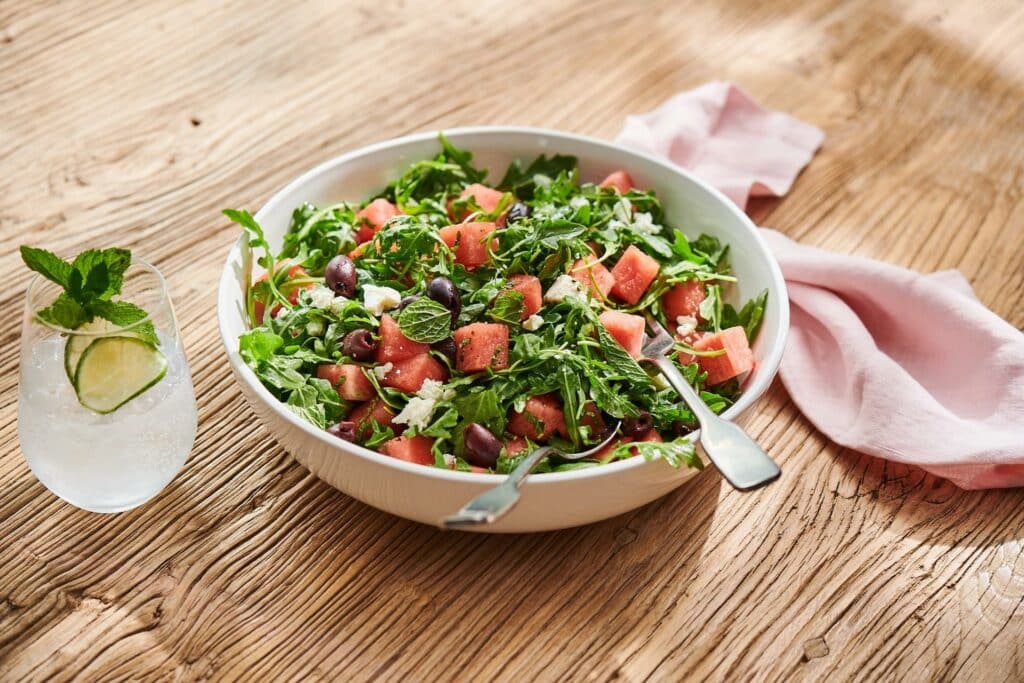
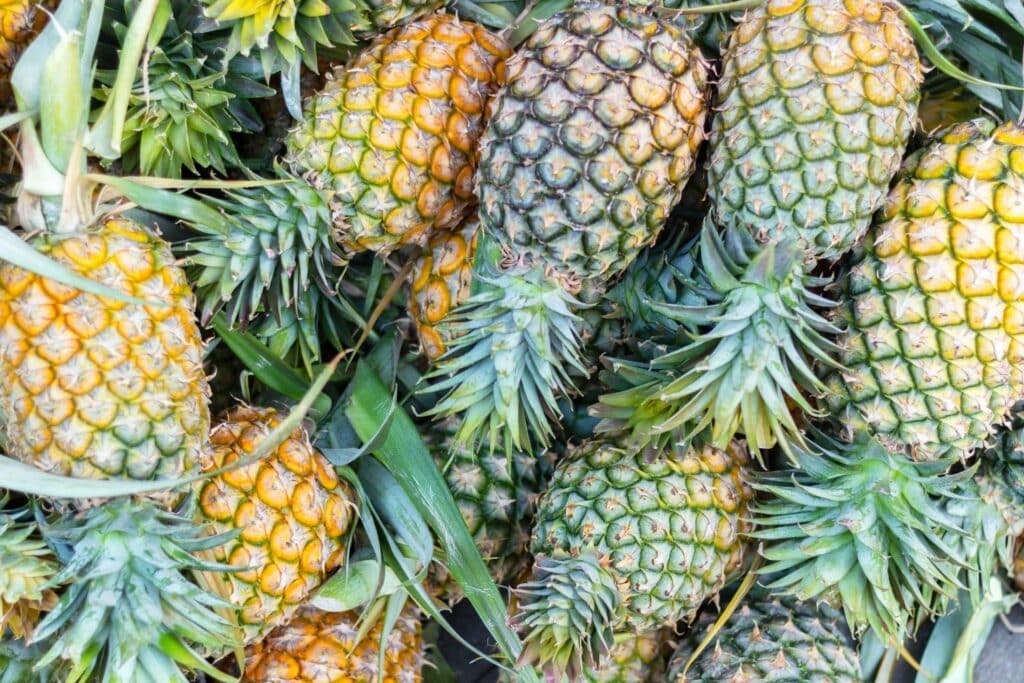

JOIN THE CONVERSATION